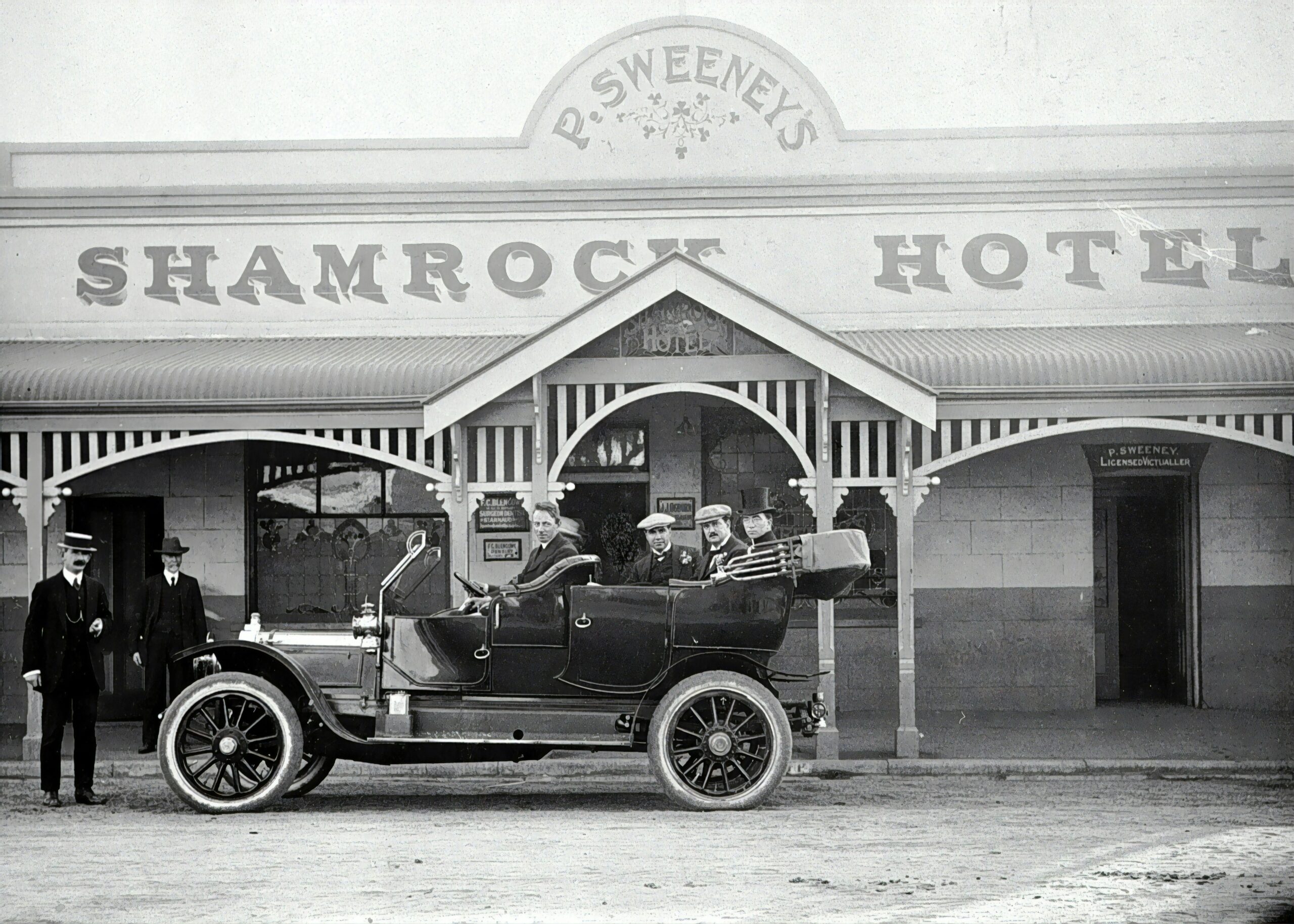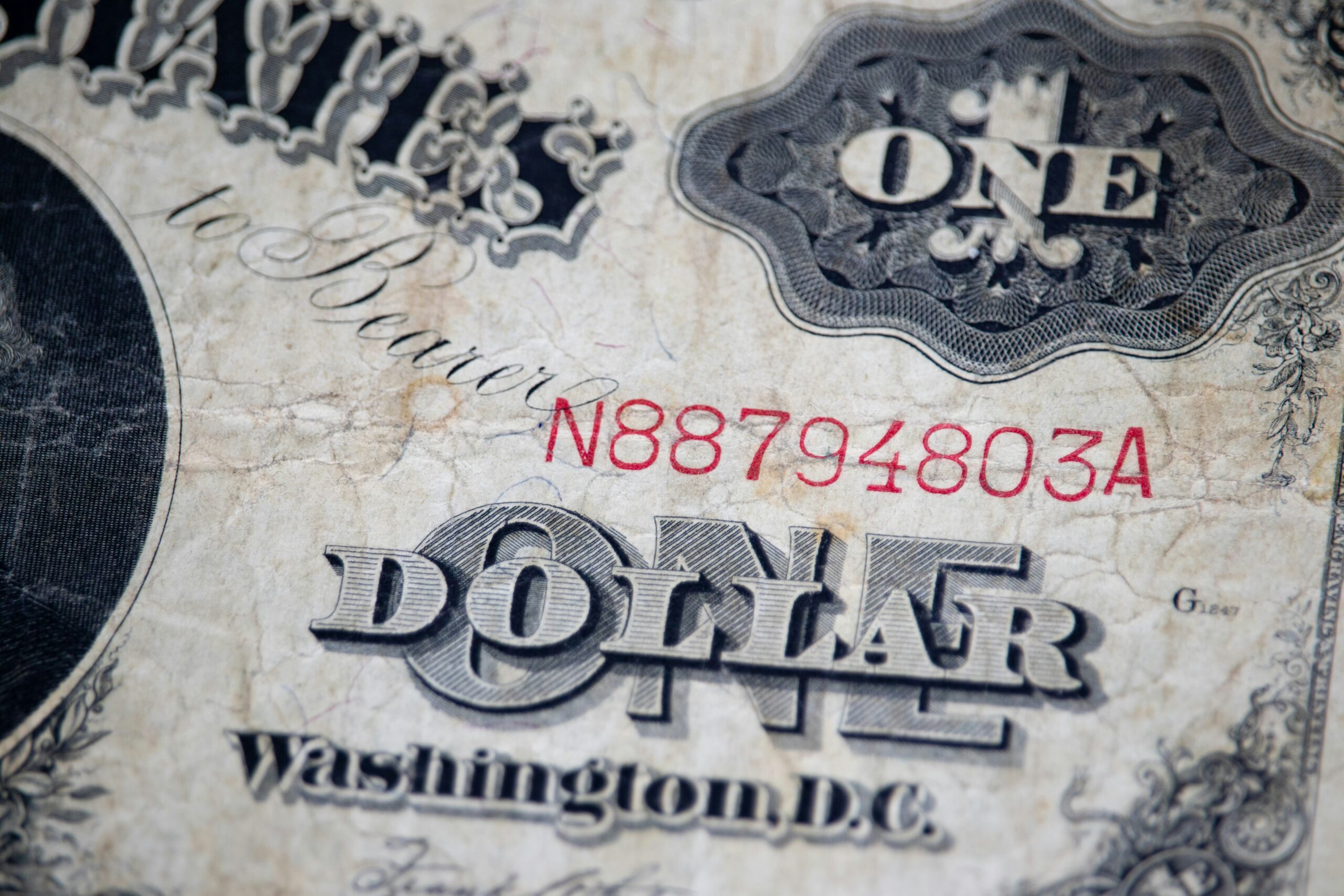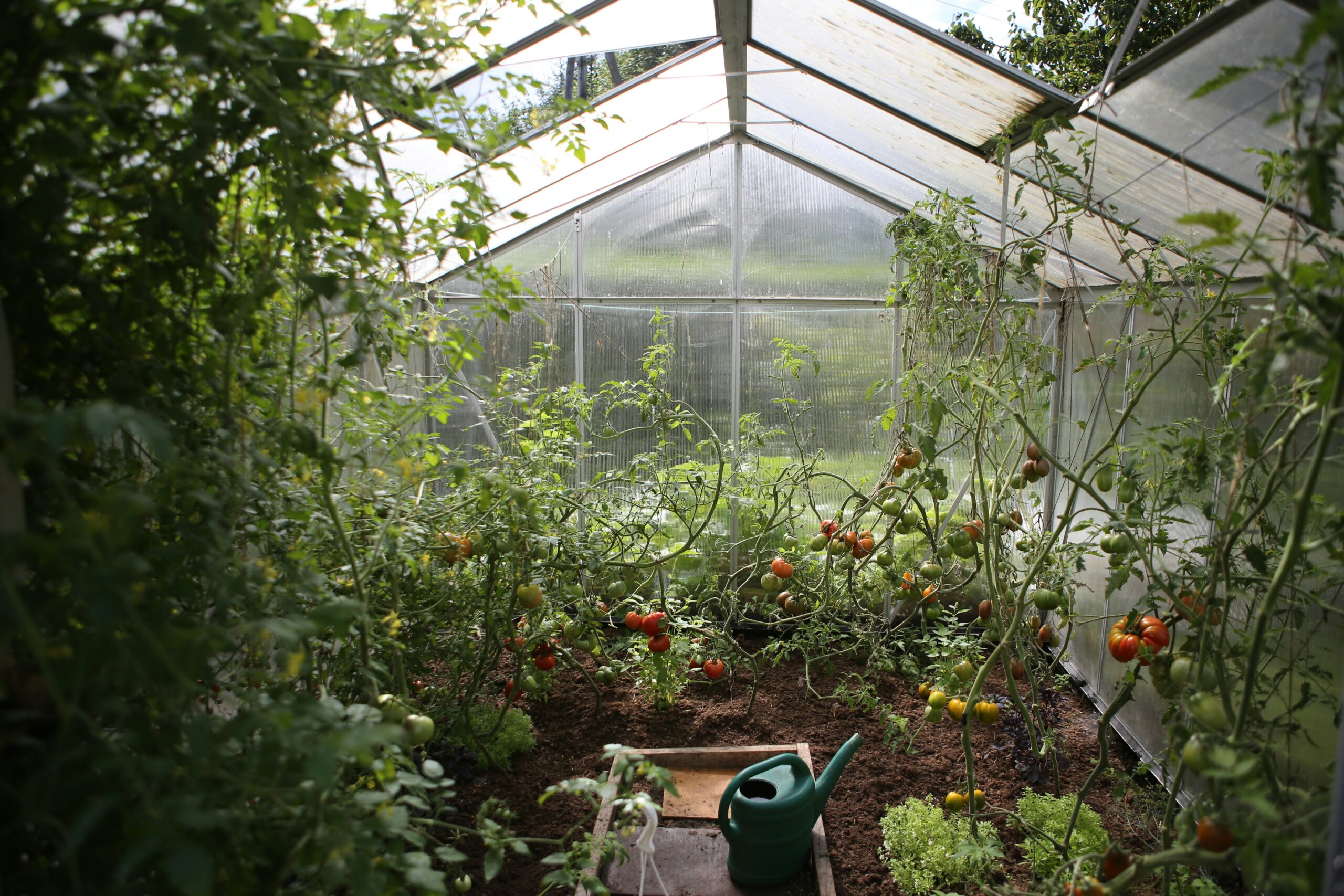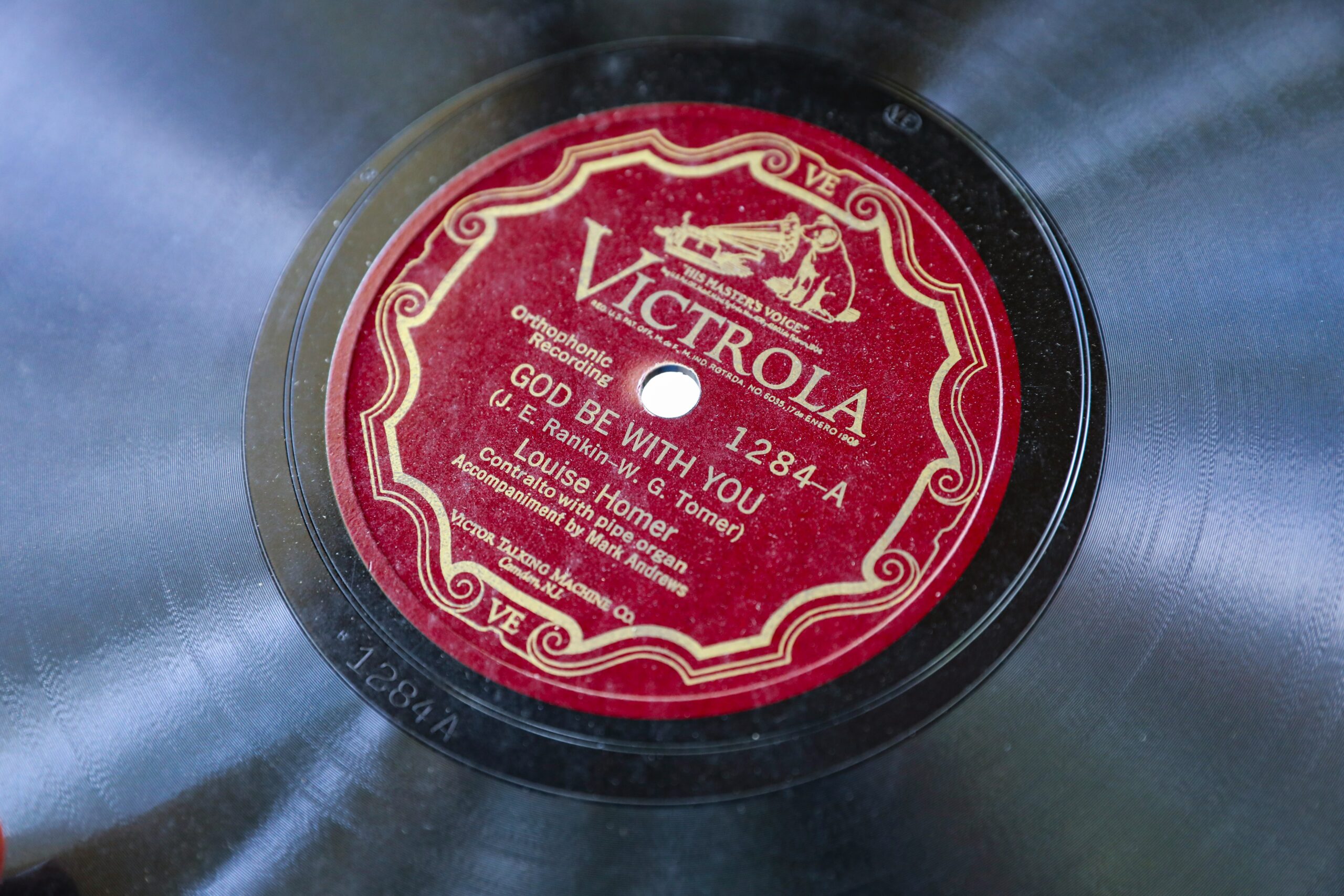The COVID-19 pandemic isn’t the only time Americans have had to endure sudden price increases. Similarly, the cost of living in 1917 surged due to World War I. From December 1916 to June 1920, prices increased at an 18.5% annualized rate according to the Bureau of Labor Statistics. Food, clothing, and other essential goods all became more expensive and harder for the average family to afford. To help you understand this important time in history, here’s an overview of the cost of living in 1917 compared to today.
The Cost of Living in 1917
The cost of living in 1917 may seem more affordable than today because prices were lower. However, employees earned significantly less than the average American does today.
Most workers took home under $2,000 per year according to the Star Tribune. Data from the University of Missouri showed that employees in sectors such as the street railway and private power industries took home under $1,000 annually (unless they were managers).
The rapid inflation that occurred due to World War I made it even harder for families to get by on these wages. To get a better sense of the cost of living in 1917, let’s take a closer look at the price of necessities such as food and transportation.
Cost of Groceries in 1917
Today we often take for granted the wide variety of foods available in our diets. Back in 1917, people ate much simpler diets to support the war effort. Americans were encouraged to eat less fat, sugar, wheat, and meat so those supplies could be sent to the troops.
Many families started victory gardens once rationing began to supplement their allotment. Growing their fruits and veggies helped them deal with the high cost of living in 1917 and reduce their food costs, which ballooned due to inflation. Check out the average prices families would have paid for groceries in 1917 below compared to today.
Item | 1917 | Today |
Wheat Bread | $0.10 | $2.64 |
| Rice | $0.10/lb | $0.99/lb |
| Bacon | $0.46/lb | $6.77/lb |
| Pork Chops | $0.36/lb | $4.25/lb |
| Dozen Eggs | $0.48 | $2.50 |
| Coffee | $0.31/lb | $6.09/lb |
| Cheese | $0.34/lb | $5.54/lb |
| Butter | $0.51/lb | $4.50/lb |
Canned Corn | $0.17/2 cans | $1.31/can |
| Milk | $0.11/qt | $4.00/gallon |
| Ham | $0.39/lb | $4.88/lb |
| Beans | $0.18/lb | $1.50/lb |
| Steak (Round) | $0.29/lb | $7.99/lb |
| Sugar | $0.09/lb | $0.95/lb |
Although these prices may seem cheap, keep in mind that the average urban family spends roughly 41% of its budget on food. In 2022, households only spent about 11% of their income on food even with all the grocery inflation we experienced.
Cost of Household Goods in 1917
Families also had to find room in their budgets for necessities like rent, transportation, and utilities. The price of fuel and housing increased due to inflation, which was hard on the average household’s finances. But luckily the cost of shelter and utilities rose more slowly than the price of groceries.
Although the cost of everything else was going up, vehicles became less expensive and more reliable at the beginning of WWI. This made it easier for the average American to afford a car. Take a look at the cost of common household goods like cars and gasoline below.
Item | 1917 |
Shelter/Rent | $15 per month |
| Car | $260 |
| House | |
Gas | $0.15/gallon |
| College Tuition | $75 to $150 per year |
Cost of Having Fun in 1917
Due to inflation and rising costs, households didn’t have much income left over for entertainment. The average urban family spent roughly $44 per year on entertainment and reading according to the Bureau of Labor Statistics. Back then common pastimes included playing sports, attending vaudeville shows, and listening to music at home on the Victrola. Below are the prices of some common recreational items that reflect the cost of living in 1917.
Item | 1917 |
| Tennis Racket | $5 |
| Women’s Skis | $8.50 |
| Checkers | $1.25 |
| Gardening Book | $2 |
| Children’s Boxing Gloves | $2.50 |
What do you think of the cost of living in 1917 and how it compares to today? Share your thoughts in the comments.
Read More
What Was The Cost of Living in 1956?

Vicky Monroe is a freelance personal finance and lifestyle writer. When she’s not busy writing about her favorite money saving hacks or tinkering with her budget spreadsheets, she likes to travel, garden, and cook healthy vegetarian meals.




